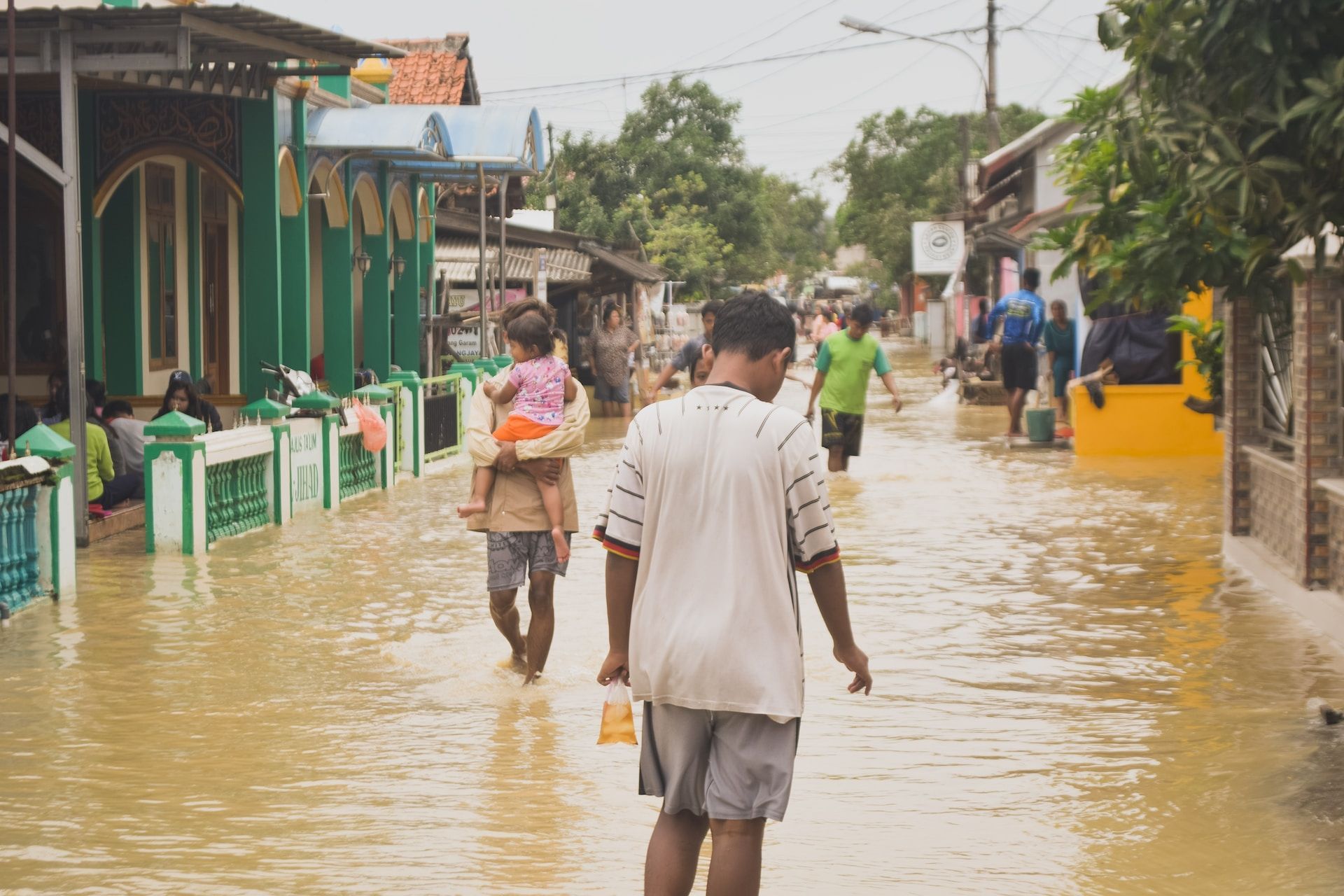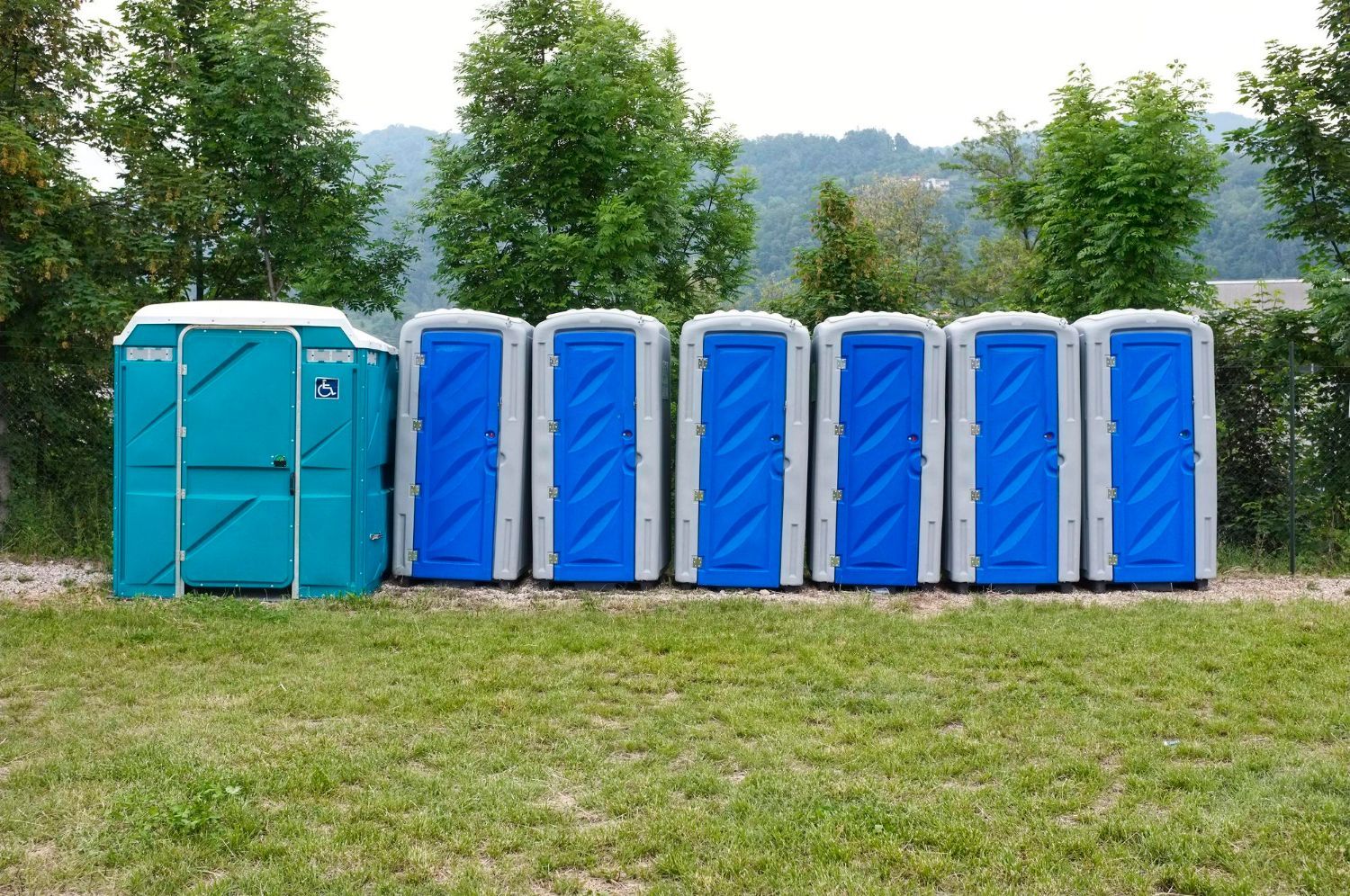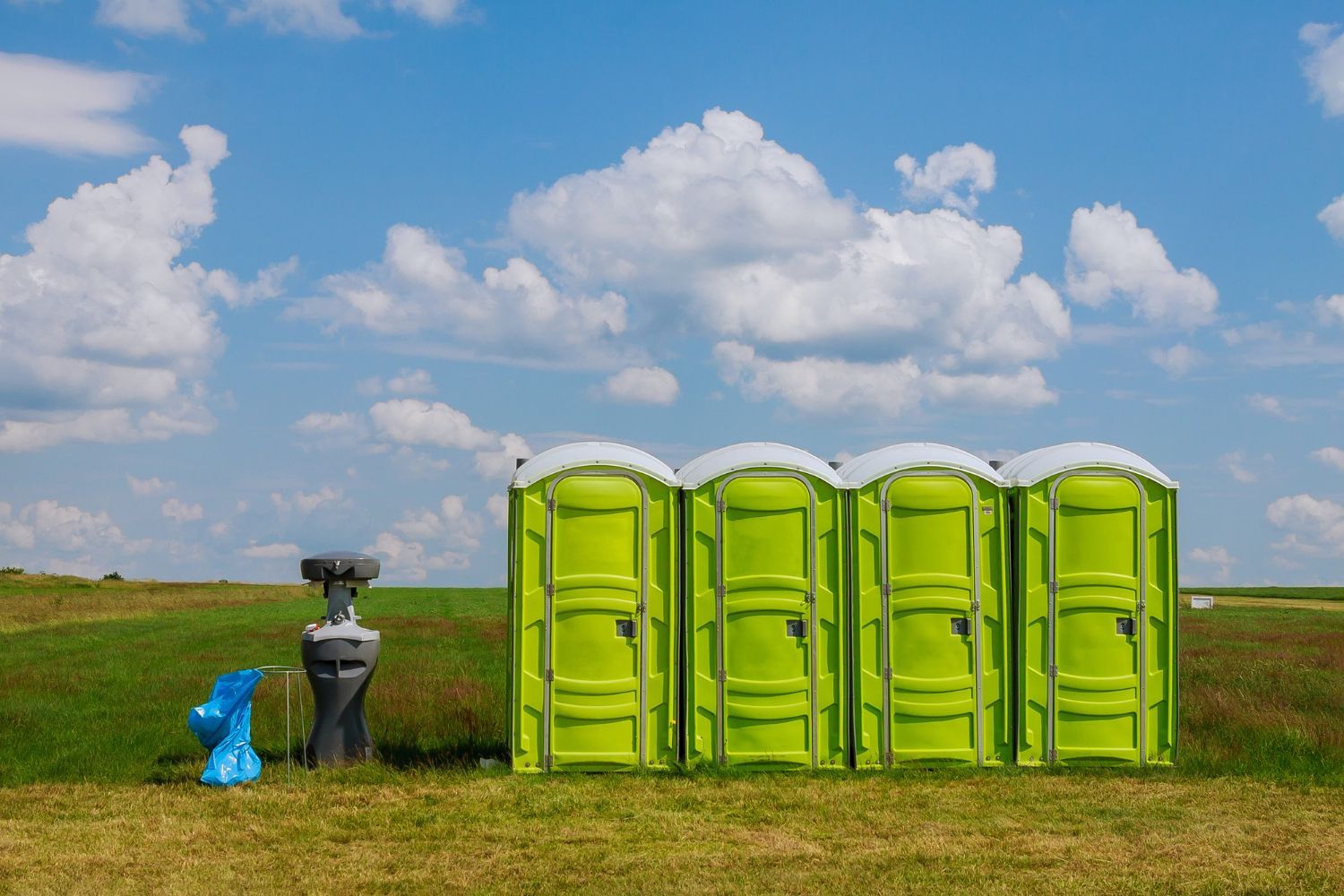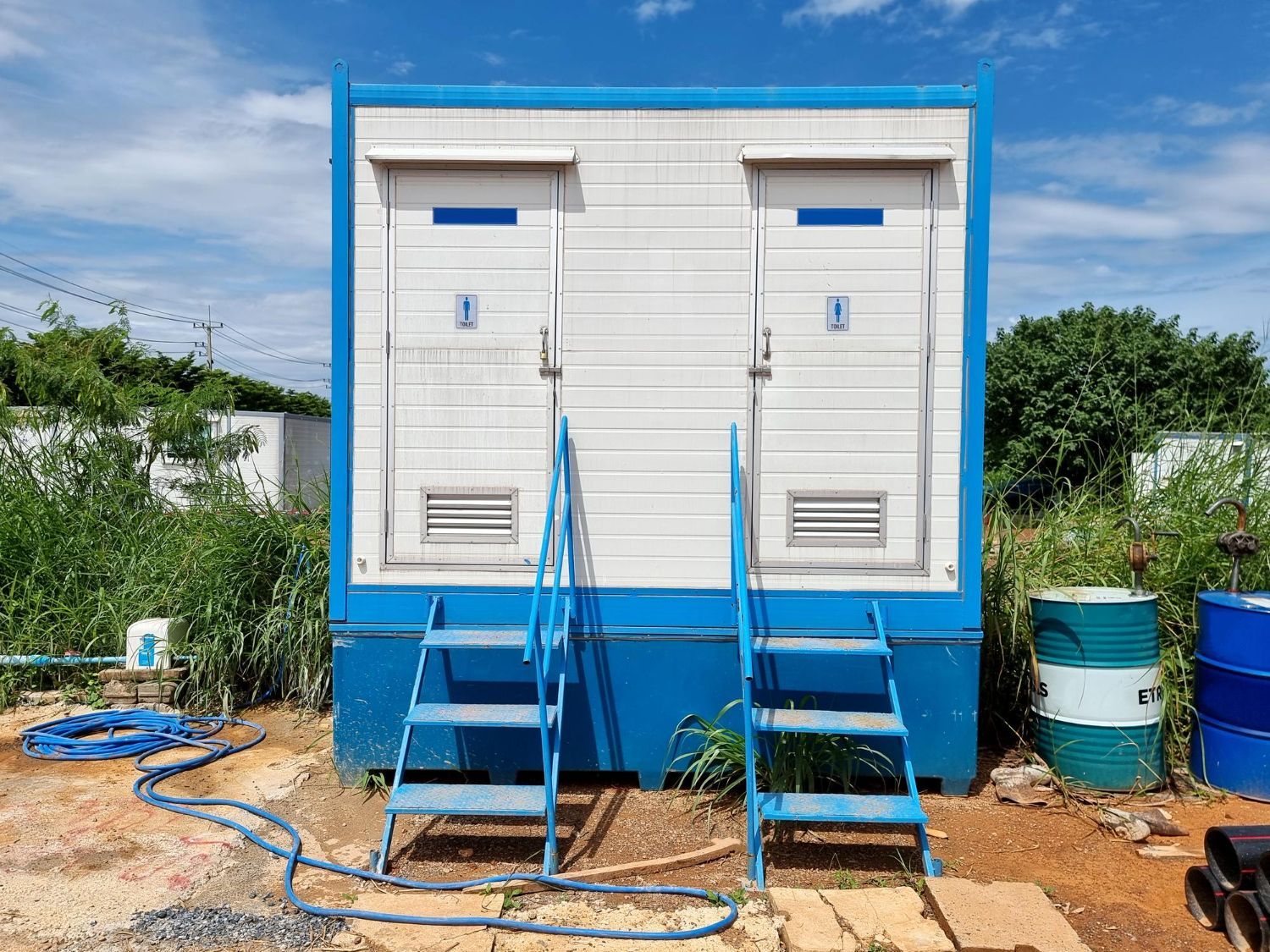Deploying Portable Toilets in Disaster Relief: A Comprehensive Guide

In the wake of natural disasters, crisis response efforts, or large-scale evacuations, providing access to adequate sanitation facilities is of utmost importance to prevent the spread of disease and maintain the dignity and well-being of affected communities. Portable toilets offer a practical and effective solution for meeting these needs during disaster relief operations. However, deploying them in such critical situations comes with its unique set of logistical challenges. This essential guide aims to provide you with key considerations and best practices for effectively using portable toilets in disaster relief settings to ensure sanitation and hygiene remain a top priority.
Understanding factors like site accessibility, local regulations, and special population requirements can significantly impact the success of your relief efforts. Join us as we explore the crucial aspects of managing portable toilet deployment in disaster relief situations, helping you protect the health and well-being of survivors and responders alike.
1. Assessing the Needs of the Affected Population
Before deploying portable toilets, conduct a thorough assessment of the affected population's needs, considering factors such as the following:
- Number of people: Determining the number of portable toilets required will depend on the size of the affected population. The Centers for Disease Control and Prevention (CDC) recommends providing a minimum of one toilet per 20 persons in disaster situations.
- Special needs: Be sure to account for individuals with disabilities, elderly people, or those with special medical needs when allocating restroom facilities. Providing ADA-compliant portable toilets should be a priority to accommodate all users.
- Gender-specific facilities: In certain situations, it may be necessary to designate separate portable toilets for men and women, ensuring privacy and addressing cultural sensitivities.
2. Site Selection and Accessibility
Choosing the right location to set up portable toilets during disaster relief is crucial for maximizing their effectiveness. Consider the following factors:
- Accessibility: Place portable toilets in easily accessible areas, avoiding obstacles such as debris, floodwaters, or other hazards that may impede access.
- Ground conditions: Ensure the ground is firm and level, avoiding unstable or waterlogged areas that may cause portable toilets to become unstable or unsafe.
- Proximity to other facilities: Set up portable toilets near water distribution points and shelter areas without compromising potable water sources. Maintain an appropriate distance from food preparation areas to minimize contamination risks.
- Evacuation routes: Avoid blocking evacuation routes or access paths for emergency vehicles and personnel.
3. Logistical Challenges and Solutions
Disaster relief situations pose unique logistical challenges that must be addressed to ensure the successful deployment of portable toilets. Some common challenges and their solutions include the following:
- Transportation: Arrange specialized transport services to deliver portable toilets to the disaster-affected site and coordinate with local authorities, relief organizations, or military forces to aid in transportation efforts if necessary.
- Maintenance and service: Schedule regular servicing of portable toilets, which includes waste removal, cleaning, and replenishment of supplies, to maintain sanitation standards. Collaborate with local sanitation companies or deploy teams trained in portable toilet servicing to manage these tasks.
- Security and vandalism: To prevent vandalism or theft, consider partnering with local law enforcement or community groups to monitor the portable toilets. Implement security measures such as locks, lighting, and signage to discourage unwanted activity.
4. Hygiene, Sanitation, and Waste Management
Maintaining hygiene and sanitation is essential to prevent the spread of diseases and infections. Implement the following best practices for portable toilet waste management in disaster relief settings:
- Waste disposal: Ensure proper disposal of waste from portable toilets, avoiding unauthorized dumping or leakage that may contaminate the surrounding environment. Liaise with local sanitation companies or government authorities to ensure waste disposal follows appropriate regulations and standards.
- Handwashing stations: Provide handwashing stations with soap and clean water near portable toilets to promote effective hand hygiene. If water is scarce, consider utilizing waterless hand sanitizers with at least 60% alcohol content.
- User education: Display instructional posters or signage in multiple languages to educate users on proper portable toilet use and hand hygiene practices.
5. Collaboration and Coordination with Stakeholders
Successful deployment of portable toilets in disaster relief situations often requires a coordinated effort between multiple stakeholders. Work closely with the following groups to ensure a unified and efficient response:
- Government agencies: Collaborate with local and national authorities responsible for sanitation, waste management, and disaster response to ensure proper regulations and guidelines are followed.
- Non-governmental organizations (NGOs): Partner with NGOs experienced in disaster relief who can provide invaluable expertise, resources, and personnel to support your sanitation efforts.
- Local communities: Engage with local community groups to understand their needs, identify suitable sites for portable toilet placement, and foster a sense of ownership and responsibility toward maintaining the facilities.
- Health organizations: Work with health organizations such as the World Health Organization (WHO) or the CDC to incorporate their recommendations and guidelines in your portable toilet deployment strategy.
By thoroughly considering these key aspects, you can ensure the successful deployment of portable toilets in disaster relief situations. Providing proper sanitation facilities during times of crisis helps protect public health, preserve human dignity, and contributes greatly to alleviating the suffering of those affected by disasters.
Conclusion: Choose Poor John's for Reliable Portable Toilet Solutions in Disaster Relief
In disaster relief situations, effective sanitation measures are essential for the health and dignity of the affected population. Poor John's Portable Toilets offers reliable and custom-tailored portable toilet solutions to address these challenges, ensuring affected communities receive the care they deserve during crisis situations. Our team of experts works closely with government agencies, non-governmental organizations, and local communities to provide seamless portable toilet deployment services under even the most demanding circumstances.
Trust Poor John's Portable Toilets to deliver high-quality sanitation services while adhering to best practices and guidelines set forth by leading health organizations. Contact our
portable toilet company today to learn more about how our portable toilet solutions can contribute to successful disaster relief efforts and help make a difference in the lives of those in need.











